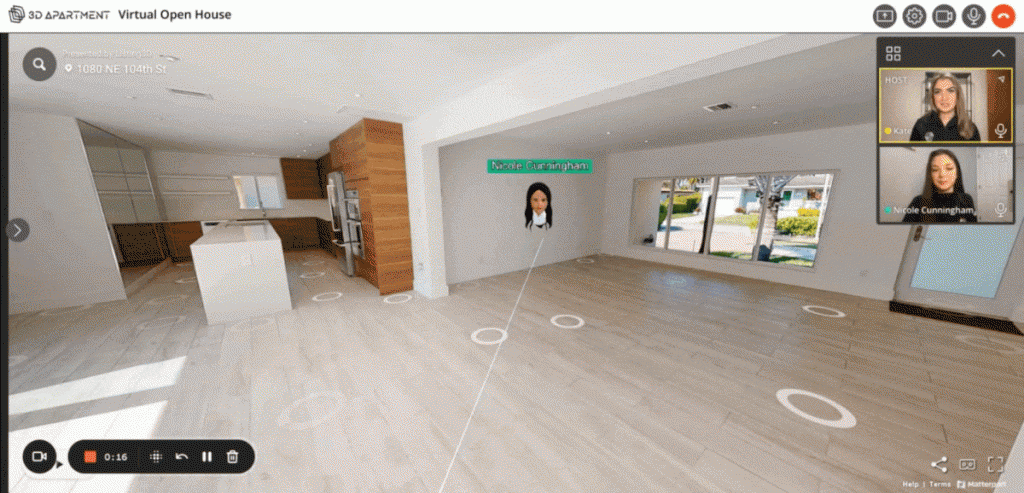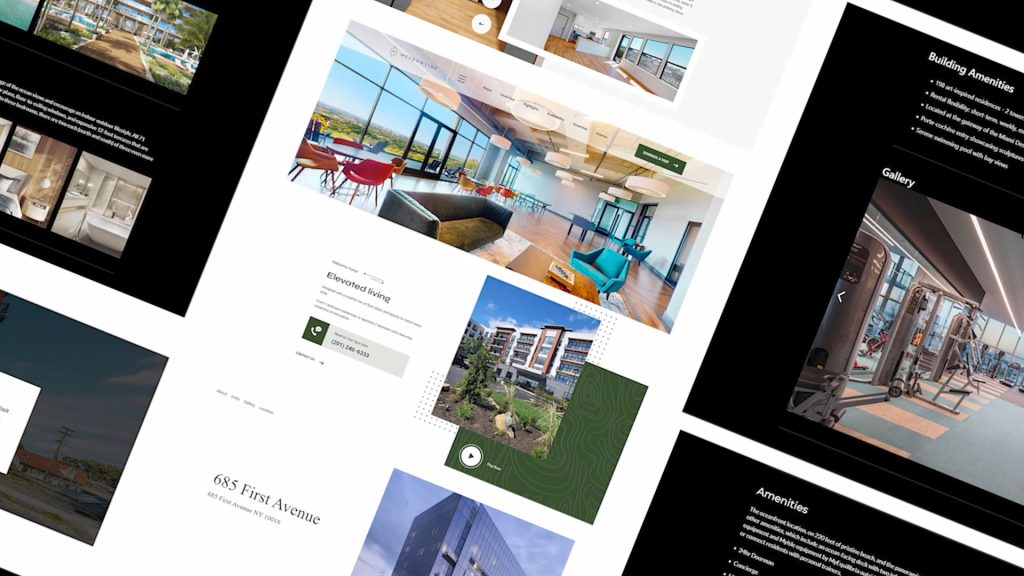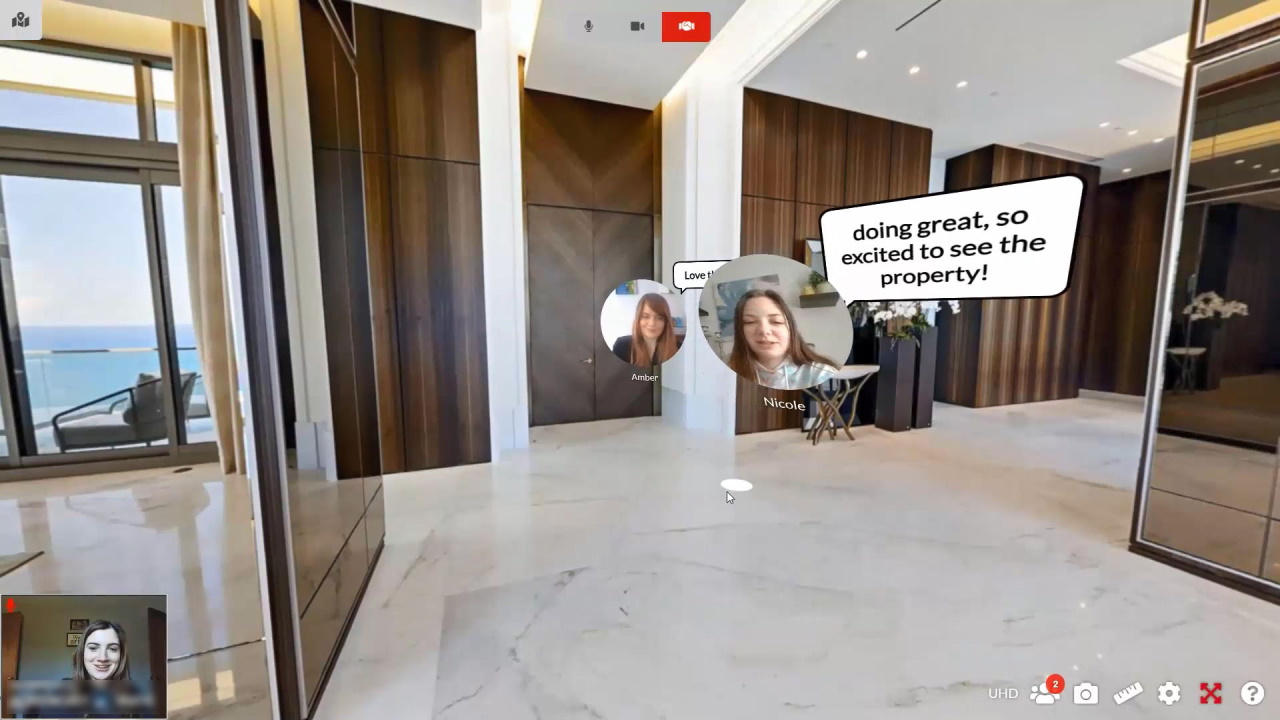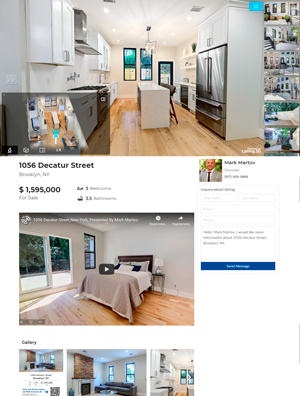The Impact of Supply Shortages on the Pace of Disinflation Discussion

The current state of the housing market in the United States has left many analysts pondering whether the era of low inflation is coming to an end. One factor that has been contributing to this discussion is the ongoing supply shortages in the housing market.
The housing market has been defined by the interplay between inventory, home prices, and interest rates for the past two years. While buyer demand has been dampened by rising rates and their impact on affordability, there was a rebound in buyside demand when rates ticked down closer to 6% early in the month. However, potential sellers have been pulling back from putting their homes on the market, resulting in a decline in overall for-sale inventory for the fourth consecutive month. Despite weak demand, faltering supply has resulted in months of available inventory stagnating near 3.1 in recent months.
Prices have remained high, despite concerns about affordability for potential buyers. This, in turn, has led to discussions about inflation and the pace of disinflation in the economy. Home affordability has been weakened by sharply rising 30-year rates in February, with almost all major U.S. markets remaining unaffordable compared to their own long-run averages. It took 33.2% of the median household income to make the monthly principal and interest payments on the average home purchase when 30-year rates were at 6.5% in late February. This is up from January’s 32.4% and significantly above the 30-year average of ~24%, but still 3.5 percentage points below the 37% level reached in October 2022 when affordability hit a more than 35-year low. Despite escalating inventory challenges and worsening affordability, the market has not seen widespread, steep price corrections.
This has resulted in a situation where buyers are finding themselves competing with each other to purchase the same limited inventory. In this environment, sellers have been hesitant to make their homes available, as they worry that they will not be able to find another suitable property to purchase. This is causing a vicious cycle of shrinking inventory and climbing prices. This cycle can create a self-reinforcing loop that drives up inflation and limits the pace of disinflation in the economy.
Another way that supply shortages impact disinflation is by making it more difficult for the Federal Reserve to achieve its inflation targets. The Fed has been trying to achieve an average inflation rate of 2% over the long term, but the current state of the housing market may make this more challenging.
By creating an environment where prices are likely to remain high, the supply shortages can make it difficult for the Fed to achieve its inflation targets without potentially stoking inflationary pressures elsewhere in the economy.
The impact of supply shortages on the pace of disinflation is a complex issue that requires careful analysis and consideration. While there are no easy solutions, policymakers and industry leaders must work together to find ways to increase the supply of homes and address affordability concerns in the housing market.
Ultimately, the current state of the housing market underscores the importance of keeping a close eye on inflation and disinflation trends, as well as the role that supply and demand dynamics play in shaping economic outcomes.
Here are 22 additional tips and strategies that real estate agents can implement to navigate a low inventory market:

1. Focus on listings: In a low inventory market, listings become even more valuable. Work with your existing clients to encourage them to list their homes for sale, and focus your efforts on finding new listings. Be creative in your marketing efforts, including using social media and other digital channels to reach potential sellers.

2. Develop relationships with other agents: In a low inventory market, it’s important to have a strong network of contacts within the industry. Develop relationships with other agents in your area and work together to find new opportunities for your clients.
3. Be creative with financing options: In some cases, buyers may need creative financing options to make a purchase in a low inventory market. Work with lenders to identify alternative financing options that may help your clients make a purchase.

4. Host virtual open houses to reach a wider audience: Use video conferencing tools to showcase homes to potential buyers who cannot attend in-person open houses.

5. Consider partnering with local home builders to develop new inventory: Work with local builders to identify new construction opportunities that may be available in your area.

6. Utilize targeted direct mail or drip email campaigns to reach potential sellers: Send targeted direct mail and email campaigns to homeowners who may be interested in selling their homes.
7. Work with existing clients to identify potential off-market listings: Reach out to existing clients to see if they know of any potential off-market listings that may be available.
8. Attend local networking events to build relationships with potential clients: Attend local networking events to meet new clients and build relationships with other industry professionals.
9. Leverage data and analytics to identify market trends and opportunities: Use data and analytics to identify market trends and opportunities that may be available in your area.

10. Use social media to build your brand and promote your services: Use social media platforms like Facebook, Instagram, and Twitter to build your brand and promote your services to potential clients.

11. Partner with a staging company to help sellers prepare their homes for sale: Work with a professional staging company to help sellers prepare their homes for sale and attract more potential buyers.
12. Offer incentives to potential sellers, such as a free home inspection or appraisal: Offer incentives to potential sellers to make your services more attractive and encourage them to work with you.
13. Consider expanding your geographic area to find new opportunities: Expand your geographic area to find new opportunities and reach more potential clients.
14. Work with your clients to develop a clear pricing strategy that is competitive in the market: Work with your clients to develop a clear pricing strategy that is competitive in the market and helps them sell their homes quickly.
15. Leverage technology, such as virtual tours, to showcase listings to potential buyers: Use technology to showcase listings to potential buyers, such as virtual tours or 3D modeling.
16. Develop a strong referral program to encourage existing clients to refer their friends and family: Develop a strong referral program to encourage existing clients to refer their friends and family to your services.
17. Stay up-to-date on local regulations and ordinances that may impact the market: Stay up-to-date on local regulations and ordinances that may impact the market, such as zoning laws or environmental regulations.
18. Consider joining a real estate team to access additional resources and support: Join a real estate team to access additional resources and support that can help you succeed in a low inventory market.

19. Develop a strong online presence through search engine optimization and targeted advertising: Develop a strong online presence through search engine optimization (SEO) and targeted advertising to attract more potential clients.
20. Host local community events, such as charity fundraisers, to build relationships with potential clients.
21. Attend industry conferences and events to stay up-to-date on the latest trends and best practices.
22. Finally, stay optimistic and focused on the long-term potential of the market, even in the face of short-term challenges. By staying committed and motivated, you can succeed even in challenging market conditions.

Real estate agents can face difficulties in a low inventory market, but there are strategies they can employ to succeed. It’s important to stay up-to-date on the market, prioritize listings, work with buyers, build relationships with other agents, be innovative with financing options and use cutting-edge technologies to stand out during the listing presentation, and focus on cultivating long-term relationships with clients. By implementing these tactics, agents can thrive even in challenging market conditions. Overwhelmed and looking for some help? Listing3D has got you covered. Schedule a demo with us.
Additional Services
Take Your Marketing Even Further






Additional Features at no cost
Part of any package












